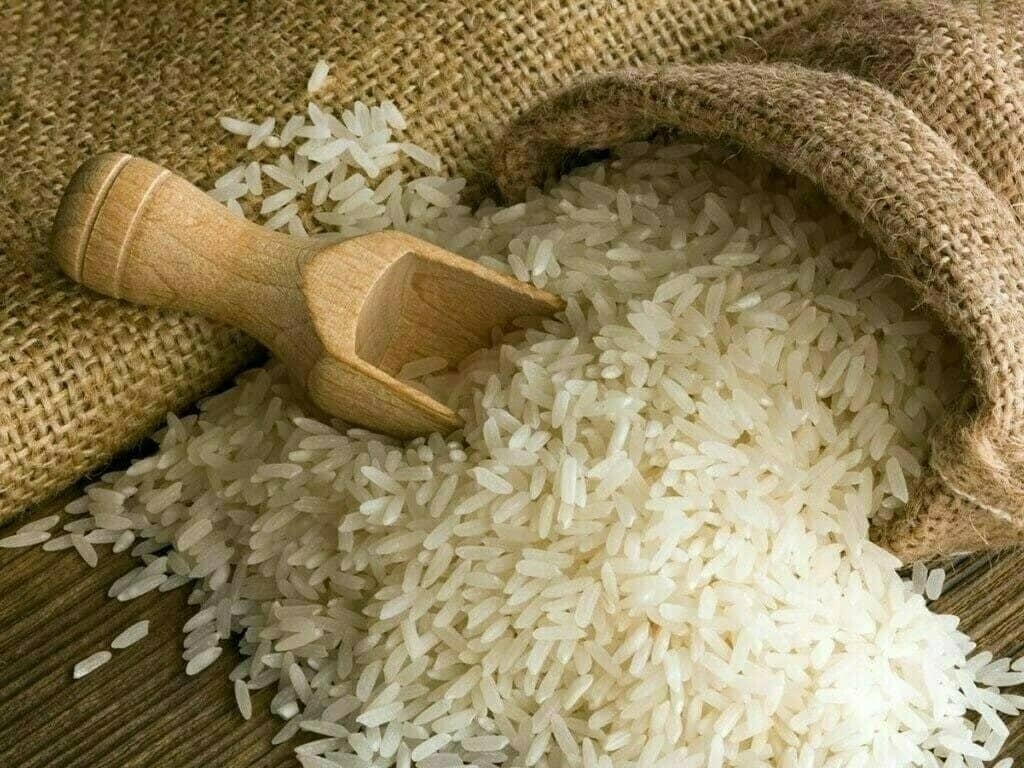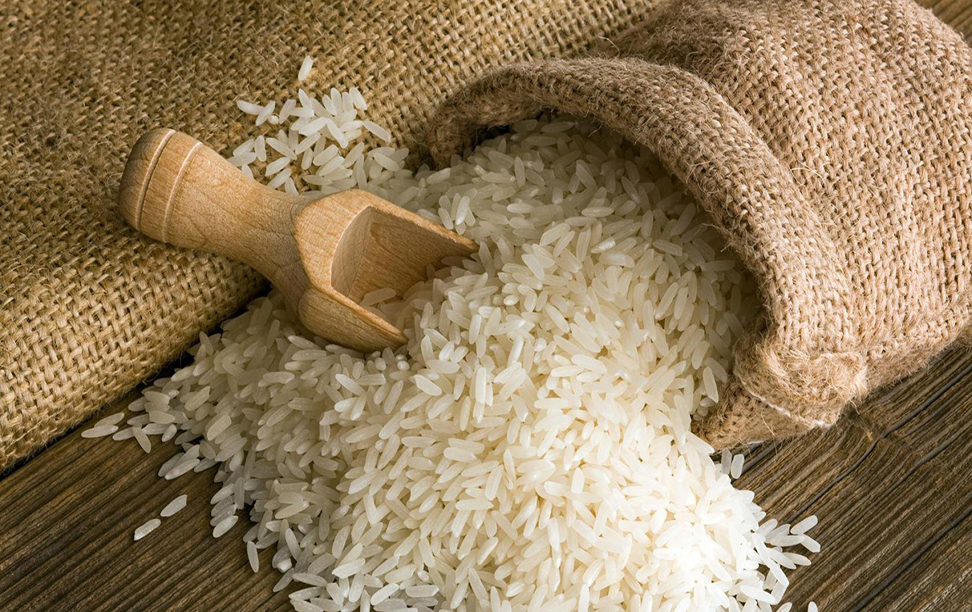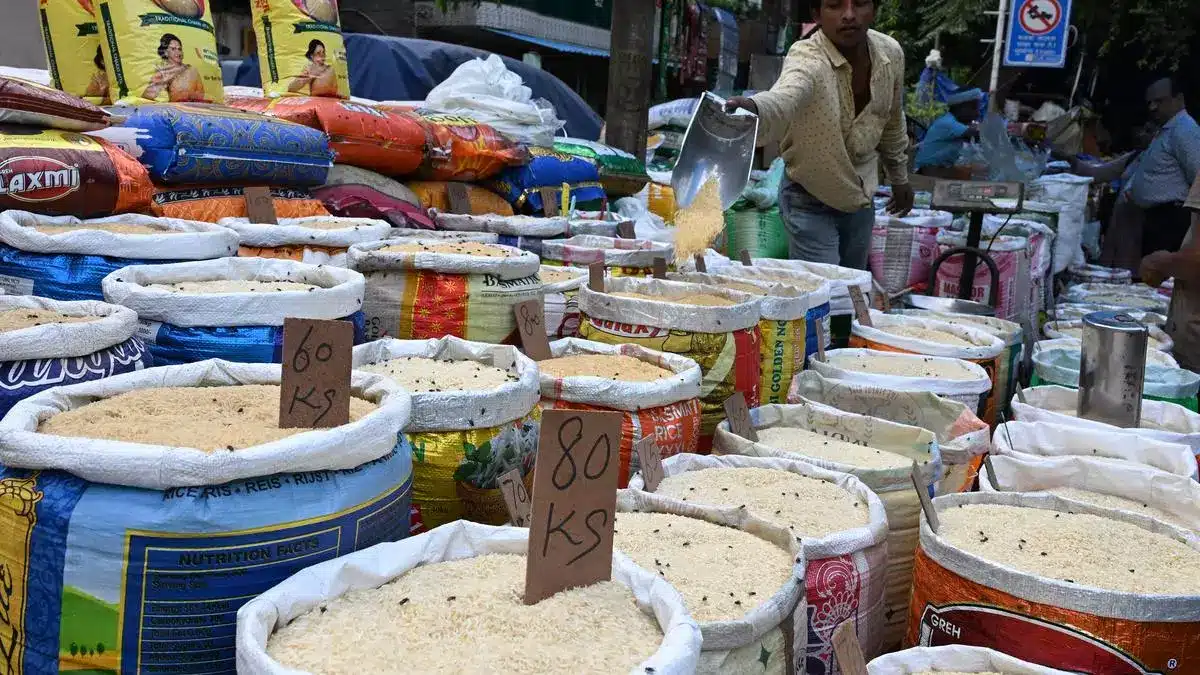Tags
The ‘unstoppable’ hybrid rice movement
I MENTIONED in one of my past columns here at The Manila Times that one measure to ensure the local supply of rice is to plant in at least 1 million hectares of farmland the hybrid varieties. And over the medium to long term, the ultimate objective is to cover at most 2 million hectares of farms in the country with hybrid rice.
Hybrid rice is nothing new to the Philippines as the promotion of hybrid rice for wider planting in the country’s around 4.8 million hectares of land devoted to the staple has been ongoing since the past administration. And President Ferdinand Marcos Jr., also our Agriculture secretary, also favors hybrid rice for the country to attain a higher level of rice self-sufficiency.
I also see the current ecosystem for propagating hybrid rice in the Philippines as well-established. This is evidenced by a delegation made up of 50 representatives from the member countries of the Asia-Pacific Seeds Association (APSA) that left the Philippines on Sept. 23, 2023, very impressed with the country’s milestones in hybrid rice seed production and close collaboration among the sector’s stakeholders.
APSA is headquartered in Bangkok and is the largest regional seed association in the world with more than 600 members. Frisco Malabanan, a current APSA executive committee member, initiated the first field study tour in the Philippines to showcase our country’s achievements in hybrid rice production and propagation.
Malabanan is also involved in the Department of Agriculture’s (DA) Masagana Rice Industry Development Program, which is President Marcos’ flagship program to make the Philippines attain a higher level of rice self-sufficiency through various policy and technology interventions, among many others.
Viability of hybrid rice
Farmers who use hybrid rice report harvesting around 7 to 10 metric tons (MT) of palay (unmilled rice) per hectare compared to the average of 3.6 MT/hectare for inbred seeds. The national average for palay yield is 4 MT/hectare. I even hear of accounts and anecdotes of farmers getting as much as 12 MT/ha using hybrid rice seeds. So obviously, hybrid rice has a big edge in yield over inbred varieties.
Besides the DA, the private sector is actively involved in promoting hybrid rice technology, also investing heavily in research and development (R&D). Among the companies pushing hybrid rice in the Philippines are SL Agritech, Bayer Crop Science, Seed Works, Tao Seeds, Longping, BioSeeds, among many others.
Meanwhile, companies like SL Agritech have entered into partnerships with organized farmers for the production of hybrid rice for public consumption. SL Agritech also has partnerships in countries like India, Bangladesh, Indonesia and Vietnam for hybrid rice R&D and production.
The APSA delegates also visited last September 19 the seed facilities at the site of SL Agritech in Lupon, Davao Oriental, and toured the farms of SL Agritech, Tao Seeds, Longping and BioSeeds to see firsthand the actual hybrid rice parental lines of the seed companies in their flowering stages.
They also visited on the same day the farms of commercial seed companies Bayer Crop Science and SL Agritech in Barangay Ruparan, Digos City, and in Hagonoy, Davao del Sur, and the hybrid corn farms in Kapaling, Davao del Norte, and Tagum of Bayer Science and Syngenta Phils.
The APSA study tour coincided with the 16th National Rice Technology Forum (NRTF) organized by the Rice Board in Hagonoy, Davao del Sur, that also showcased the demo farms of hybrid rice companies. The expertise of digital companies in agriculture was also witnessed by the APSA delegates.
Malabanan said the delegates were impressed on how the seed production companies were gathered into one site NRTF tour in Davao Sur, as this demonstrated the collaboration between government and private companies. APSA said that 15 delegates who joined the study tour represented companies in China, India, Sri Lanka, Bangladesh, Thailand, Malaysia and the Philippines.
An excellent example of collective action
I can say that what the APSA delegates witnessed in their study tour to the Philippines is an excellent example of concerted collective action among stakeholders and a model private-public partnership that can be emulated in other industries.
But I also see a need for the public sector to get more involved in the efforts to promote and propagate hybrid rice in the Philippines, and the DA is heading in the right direction with President Marcos also favoring hybrid rice as a solution to increase the local production of the staple.
State universities and colleges (SUCs) and local government units (LGUs) can also play a bigger role in promoting and propagating hybrid rice with SUCs taking part in the R&D efforts and LGUs setting up demo farms or assisting farmers in their localities to adapt to hybrid rice.
And equally important are the private sector and the DA spearheading efforts to cluster and organize rice farmers to facilitate the transfer of hybrid rice and give them marketing assistance for their production.
I believe those can be undertaken the soonest as the current hybrid rice players and stakeholders in the country have demonstrated that they have a well-established ecosystem.
By the way it looks now, I can even say that the hybrid rice movement in the Philippines is already “unstoppable.”
https://www.manilatimes.net/2023/10/05/business/agribusiness/the-unstoppable-hybrid-rice-movement/1913271Published Date: October 5, 2023







